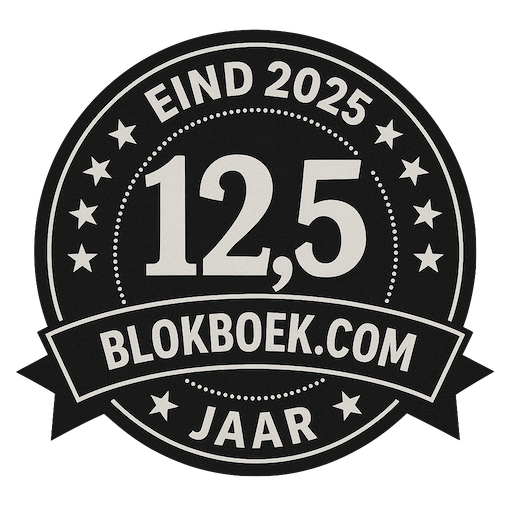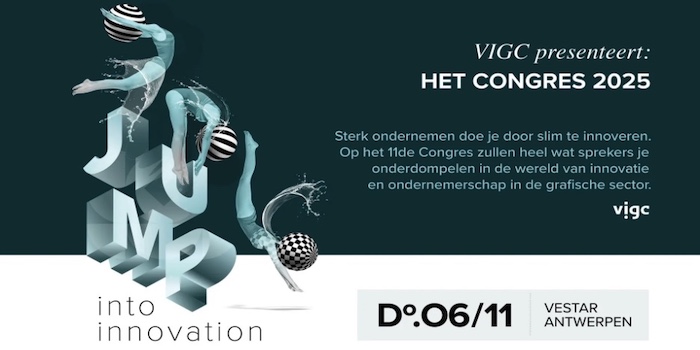Laurel Brunner: Sustainability reporting on the rise
 Over the last few years we have seen a steady rise in the number of companies making an effort to report their sustainability credentials. This is an excellent trend, confirming that companies are taking responsibility for environmental impact seriously. Mostly this effort is in response to what shareholders and the markets expect, however over time it means that sustainability is coming into sharper focus. Indeed, it’s becoming uncool not to acknowledge the need for sustainability initiatives reporting.
Over the last few years we have seen a steady rise in the number of companies making an effort to report their sustainability credentials. This is an excellent trend, confirming that companies are taking responsibility for environmental impact seriously. Mostly this effort is in response to what shareholders and the markets expect, however over time it means that sustainability is coming into sharper focus. Indeed, it’s becoming uncool not to acknowledge the need for sustainability initiatives reporting.
Sustainability has long been high on the agendas of for instance Kodak and Agfa, and of Ricoh and HP. These companies have been working hard for years to consistently improve the power requirements of platesetters and plates, and digital presses as well as overall energy usage. The biggest advances in sustainability are coming from big chemical companies such as Kodak and Agfa, but also the likes of the Flint Group which owns Xeikon and Sun Chemical.
The latter’s recently released 2016 Sustainability Report is a great example of what we should expect from documents of this type. It also underlines the trend towards including sustainability in product design, something that the big players have been doing for years. Research and development that focuses on sustainability, especially into inks, is a means of identifying new approaches to graphics industry business models as well as new products and services. Such new products and business models help customers with their own sustainability goals, and they can also encourage new ideas from suppliers to help reduce waste.
It’s common to see metrics such as energy reductions expressed as percentages or initiatives such as installing water recovery systems and this is all to the good. We want to know more about data-driven indicators for sustainability, but all too often sustainability reports omit benchmark progress reporting. We want to know more about not only what new sustainable products a company has launched, or what sustainability initiatives have been set up. We also want to know the specifics of sustainability improvements in the business over the course of the year and the extent to which a company is applying with customers what it has learnt, as Ricoh does with its Lean & Green programme. Such information would help the graphics industry to track its overall environmental impact improvement, and would provide industry associations with the data they need to deliver to governments.
We can only demonstrate reductions in negative environmental impacts, if we have the data that supports our improvement boasts. Many large companies in our sector are ISO 14001 certified, so it shouldn’t be such a leap to marry the wonks involved with certification and compliance to the folks compiling sustainability reporting. It would be a simple enough dialogue to set up and it would be a means of proving sustainability claims.
Laurel Brunner
This article was produced by the Verdigris project, an industry initiative intended to raise awareness of print’s positive environmental impact. This weekly commentary helps printing companies keep up to date with environmental standards, and how environmentally friendly business management can help improve their bottom lines. Verdigris is supported by the following companies: Agfa Graphics, EFI, Fespa, HP, Kodak, Kornit, Ricoh, Spindrift, Unity Publishing and Xeikon.

De trainingen voor 2022 staan gereed. Kijk voor het volledige online aanbod van bestaande- en nieuwe trainingen op de website.
BLOKBOEK.COM EN PRINTMEDIANIEUWS: HET OPTIMALE DOELGROEP BEREIK



















